 |
Alan's bow making tiller Page updated Mar 13 |
 |
 |
Alan's bow making tiller Page updated Mar 13 |
 |
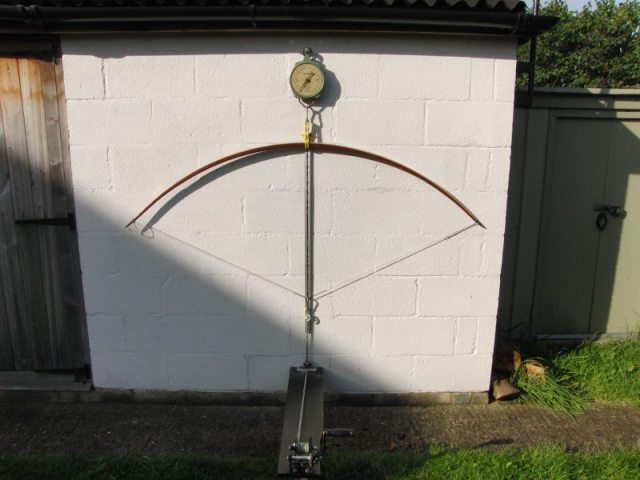
| I
used to hang the scales from the bow but I decided this was not such
a good
idea because if the bow fails there is a very good chance it will
trash
the scales but the problem with hanging the bow from the scales is that as you increase the weight on the scales they extend (e.g. mine extend 15mm with 130lb on them) , so it is difficult to accurately measure draw length so I came up with the idea is hanging a metal ruler from the scales - this works great and means all measurements can be guaranteed to be very accurate. |
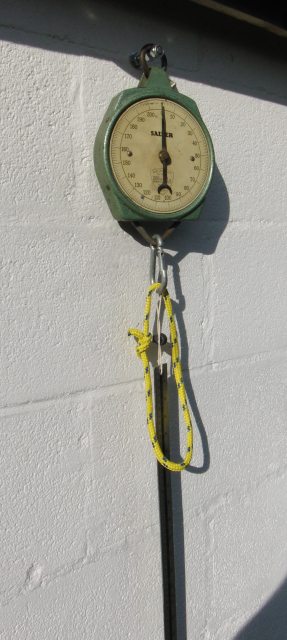 |
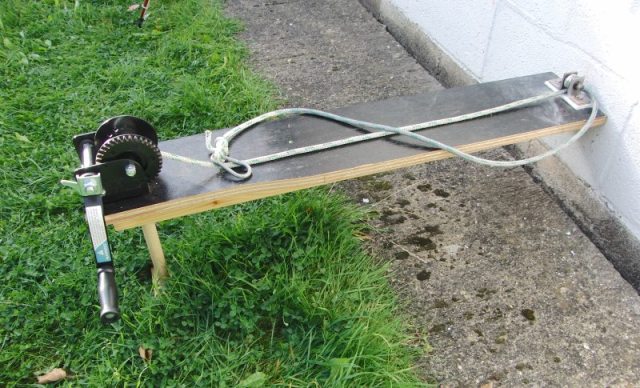
| A
good feature of this setup is that when I am not using it, most of
it
quickly disconnects leaving the wall clear with no marking or
anything I use the mortar lines to help compare bow limbs so I find I do not need to draw any horizontal lines etc. |
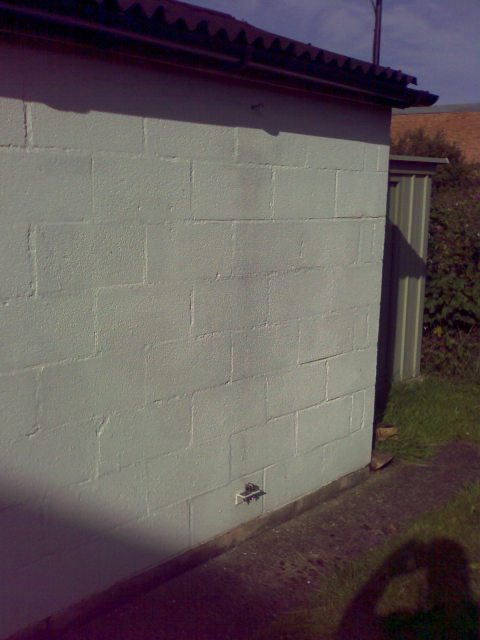 |


 |
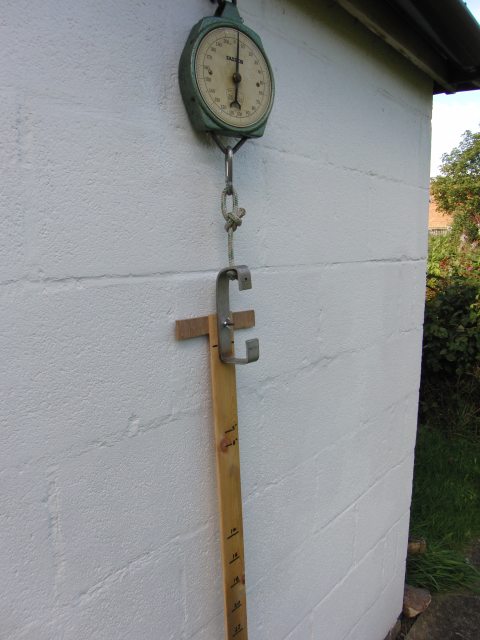 |
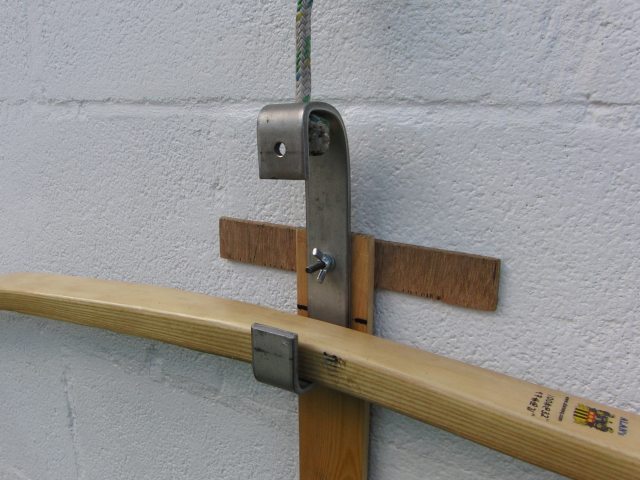 |
You can contact me on - alanesq@disroot.org